With more than 600 diverse species around the globe, distinguishing oak trees may prove somewhat challenging without knowing the specific characteristics to observe.
Oak trees can be identified by their bark texture, color, leaf shape and structure, and acorn appearance. Each species of oak tree has distinguishing features, and it’s actually pretty easy to narrow down which one is yours.
In this article, we will narrow down the characteristics to help you identify the oak tree varieties in your yard or help you choose a type that grows best in your location.

What we cover
ToggleCharacteristics of oak trees
When it comes to tree species, there are 600 types of oak trees that can easily be identified by their distinctive features. These characteristics1 consist of bark color and texture, leaf shape, size, and structure, plus the style in which acorns appear.
Understanding these points allows us to quickly identify the oak tree in your yard or to pick out the perfect type of oak to best suit your needs.
Oak tree bark texture and color

Oak trees exhibit a range of unique bark characteristics, from smooth and flaky to scaly with furrows or ridges.
For instance, the swamp white oak tree has deep, rough vertical grooves on dark gray-colored bark while its cousin, the blackjack oak, boasts darker shades along with gnarled plates across the trunk.
In contrast, blue oaks have light gray thin flakes that effortlessly peel away whereas Chapman oaks show off pale brown-gray scales all over them.
Holm oaks are characterized by fine fractures which give an appearance similar to cracked ground in dry weather.
Leaf shape and structure
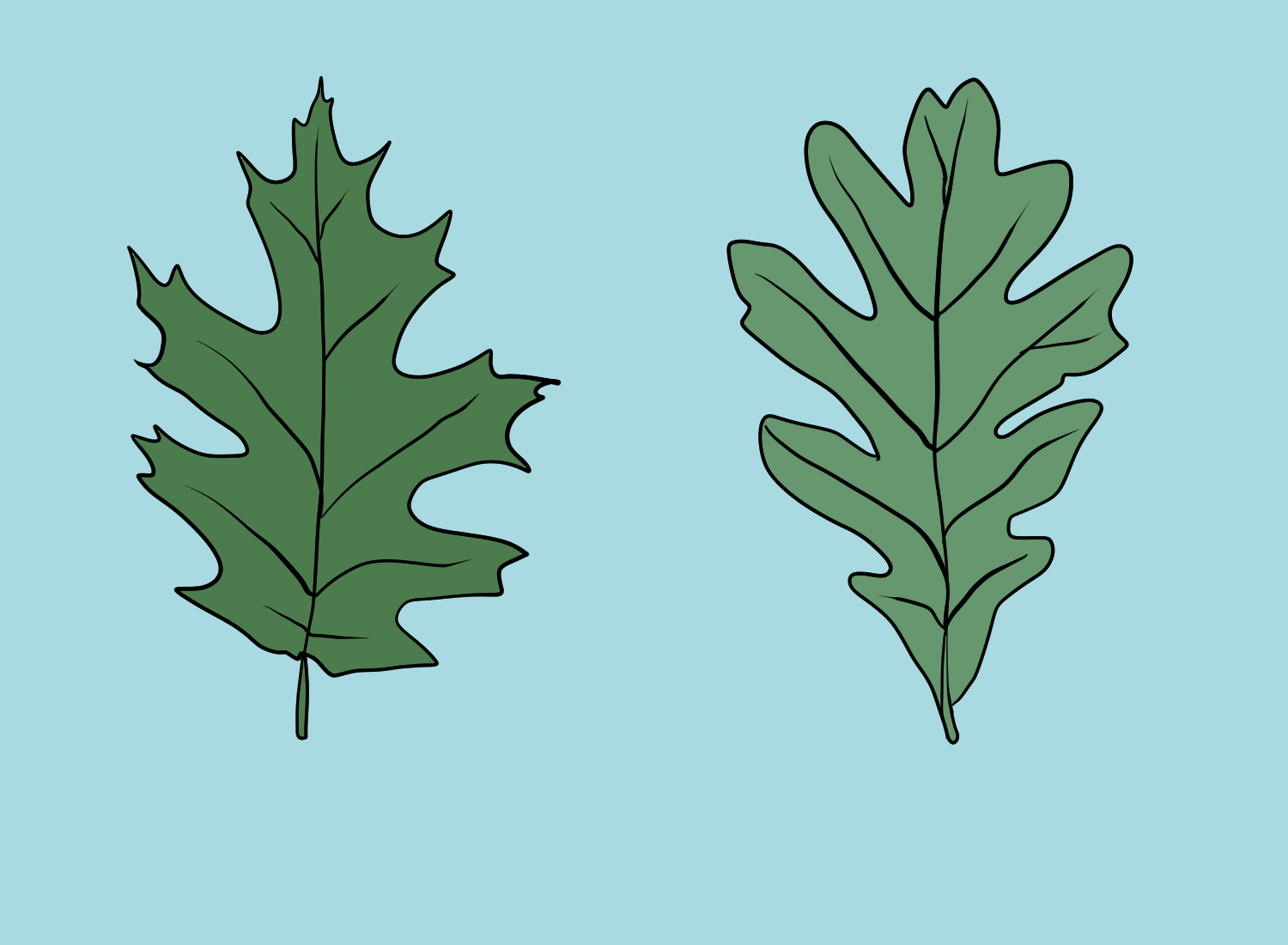
You can identify oak trees by their unique leaf shapes and structures.
The white oak tree has round-tipped leaves, while the red oak is distinguished by its pointed ends. On the other hand, blue oaks have thick leathery elliptical foliage with or without lobed edges. Willow oak leaves look completely different, with a long, lance-shaped appearance and tapering at both ends.
Blackjack oaks feature three to five shallow-lobbed bristle-tipped leaves, while water oak varieties offer a selection of rounded oval or 3 laced bristled shaped options.
Oaks stand out due to being dubbed ‘diamond leaf’ as they carry diamond-shaped foliage in contrast to those found on most other types of these species while swamp whites present ovate ones that possess lobes margins.
Acorn appearance
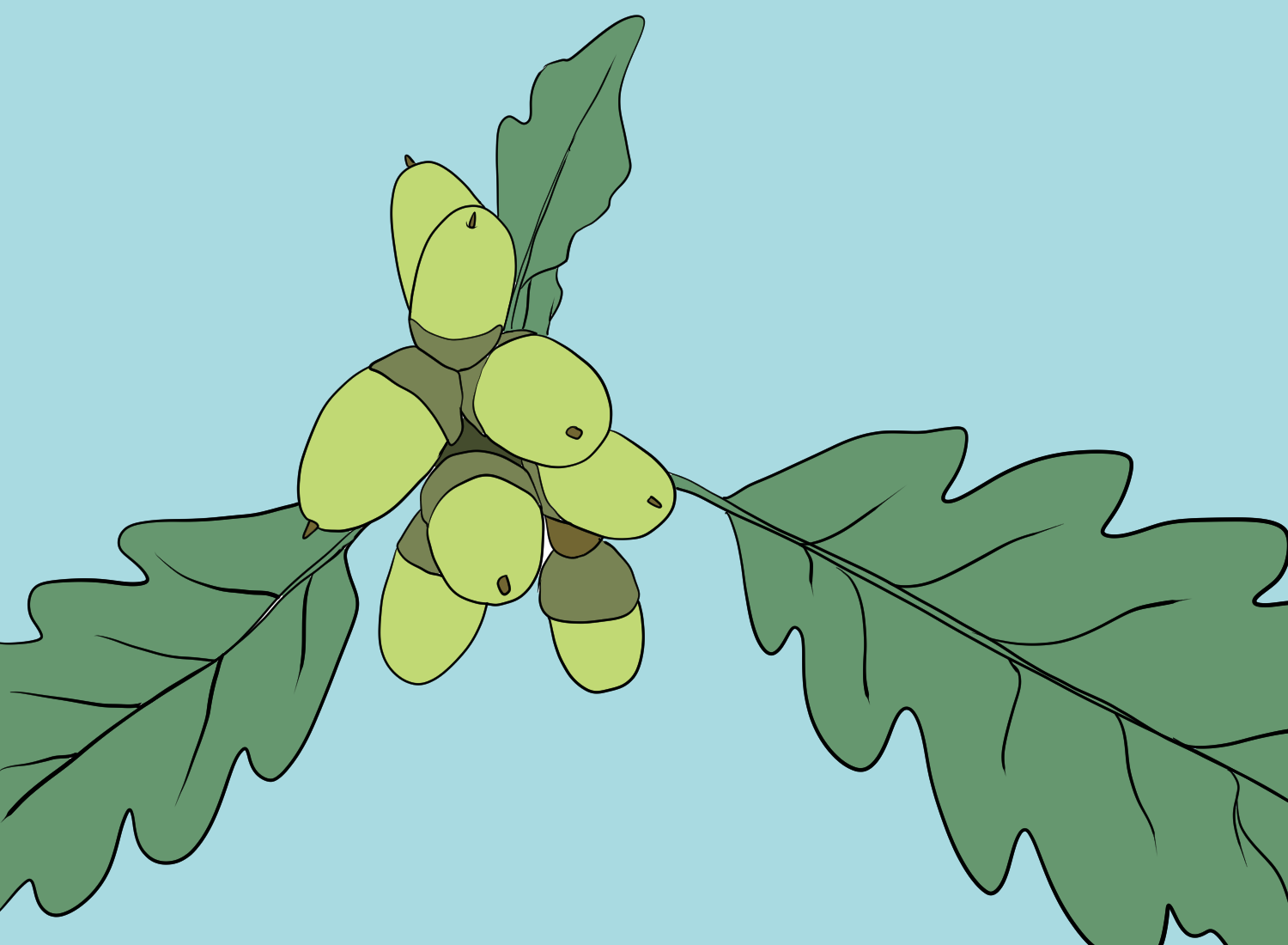
Acorns, the nuts of oak trees, offer a great identification tool owing to their distinctive shapes and sizes. Characterized by bumps on its cap and a pointed base.
The features and color of acorns depend on the type of oak trees. Examples include red, brown, black, and white oak acorns.
Acorns from swamp white oaks are brown in color with a barrel-like shape while those of coast live oaks have narrow bodies resembling an egg along with a sharp apex.
The Shumard oak tree’s acorn has an oval shape with a rounded tip at the top end which stands distinct due to a thin covering not exceeding one-third of the entire nut.
Blackjack oak produces comparatively smaller-sized roundish acorns measuring 1 inch long.
Identifying popular oak tree species
Quercus Alba (White oak tree)
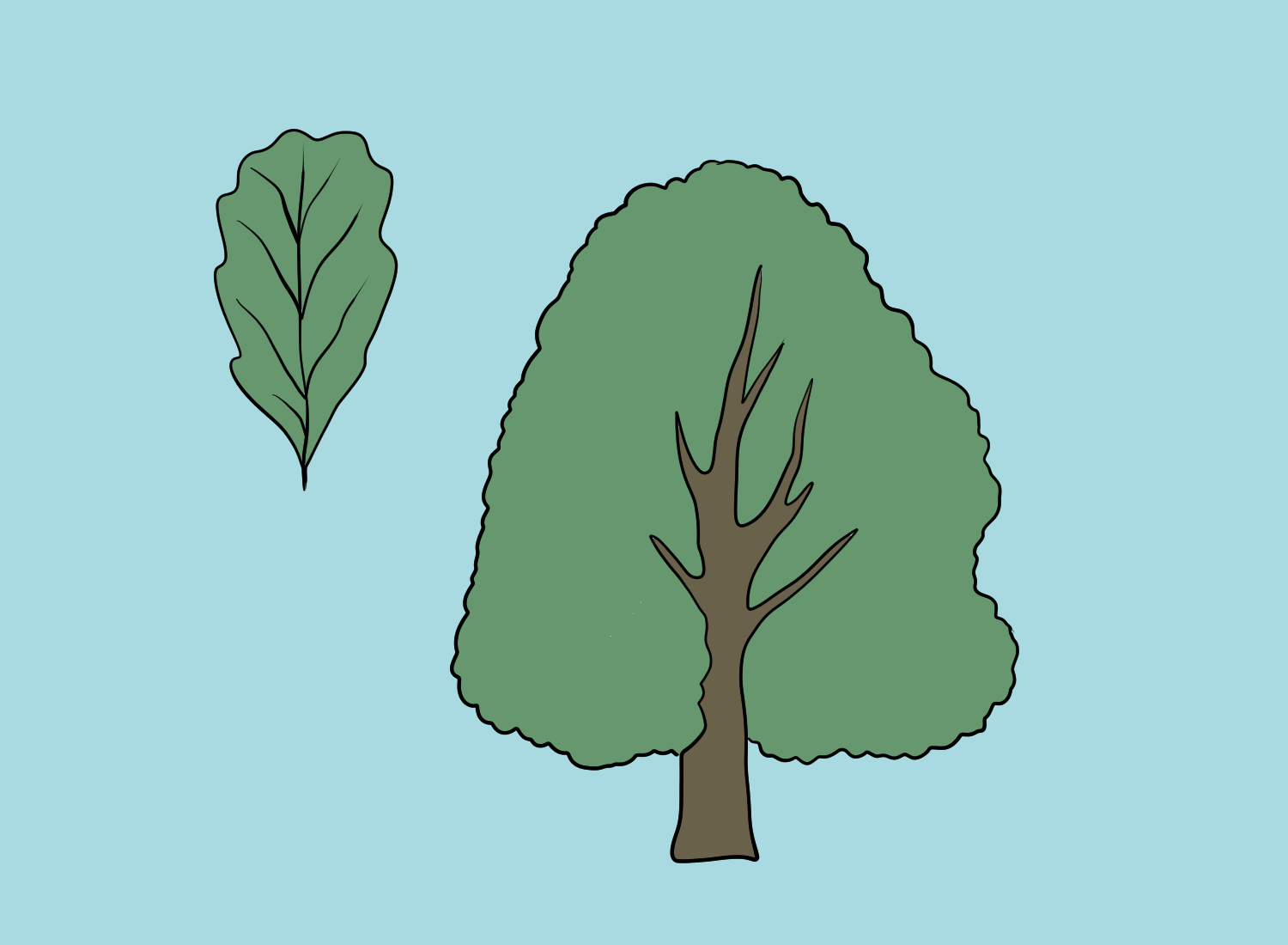
The majestic Quercus Alba, otherwise known as the White Oak tree, has a life expectancy of up to 450 years and can reach heights of 100 feet. It is highly valued for its lumber, which is used in products such as banjos or wine barrels.
The bark on this oak species tends to be light gray while their leaves have nine curved edges that are more fragile than those belonging to Post Oaks with rounded lobes also present.
Quercus Rubra (Red oak tree)
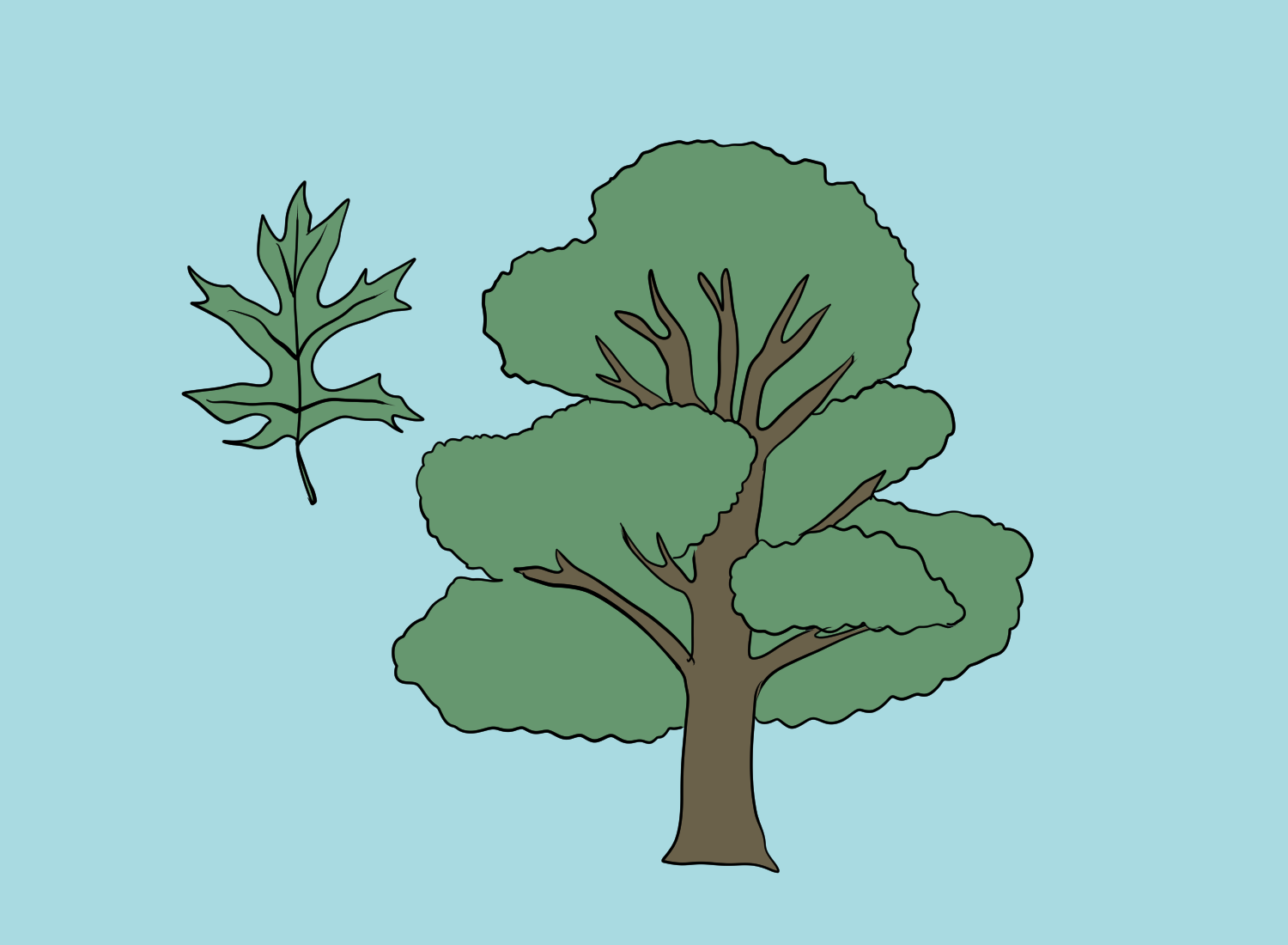
The Quercus Rubra, commonly known as the Red Oak tree, is an oak species that grows between 67 to 100 feet tall and 60 feet wide.
Its leaves feature deep lobes with C-shaped notches at their tips (as opposed to U-shaped ones found in other oaks) along with bristle teeth.
The bark of this variety has a dark brown or reddish-gray hue accompanied by shiny stripes around its fissures. It also displays irregular broad scaly ridges combined with finer crevices.
Quercus Palustris (Pin oak tree)
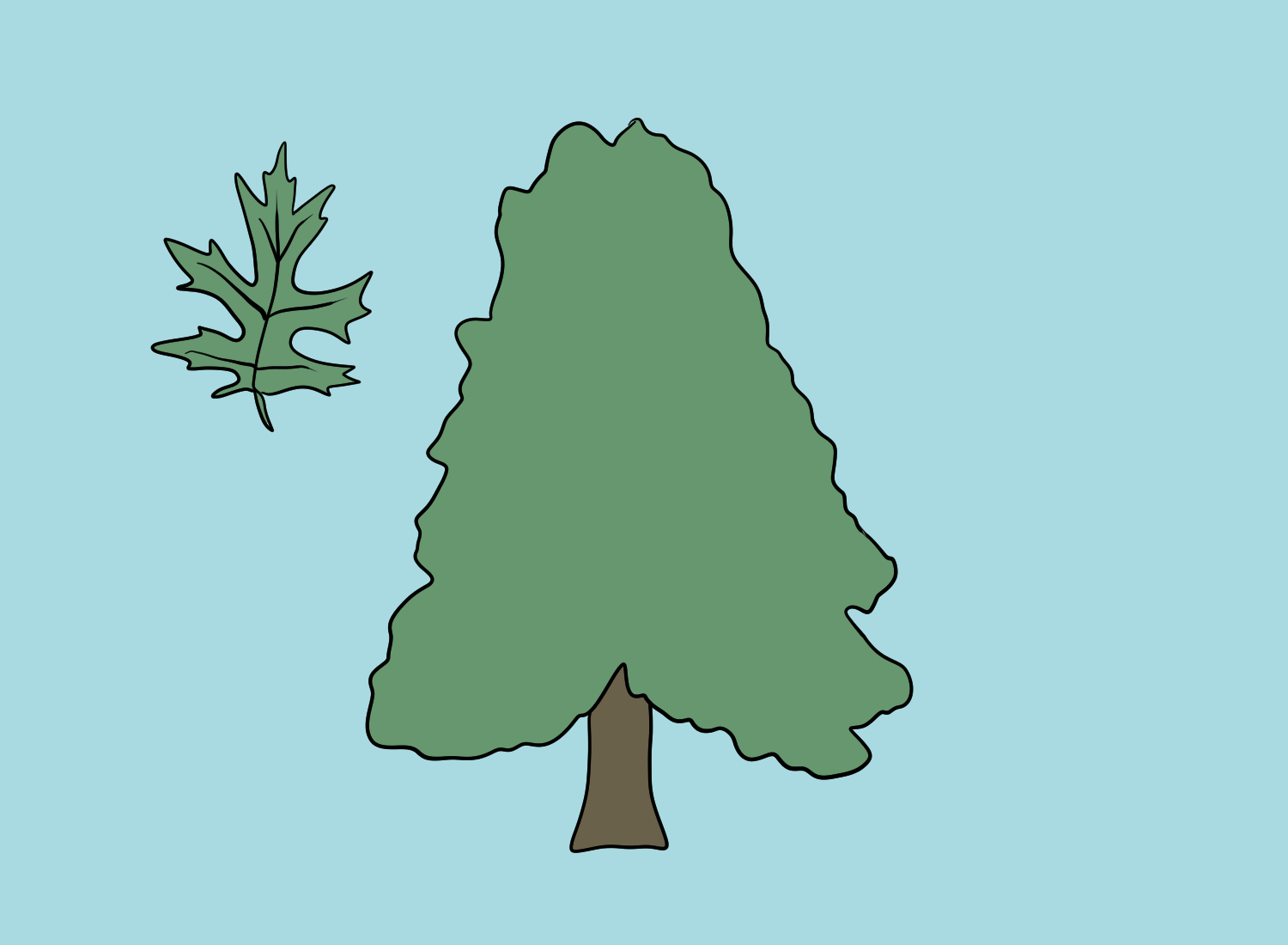
The Pin Oak (Quercus Palustris) is a popular shade-providing oak tree often found in urban settings.
Its midlevel branches extend at an exact 90-degree angle from the trunk, while its higher ones go up and lower branches hang down.
In spring, it can be distinguished by its distinct lobed leaves, small yellowish-green blooms called catkins, as well as buds with pointed tips and round bottoms.
During summer, you can recognize this species of oak tree by viewing its full foliage along with developing acorns atop them.
Categorizing oak trees
Oak trees are divided into two primary groups: white oaks and red oaks, which can be identified based on several characteristics.
Bark texture and color, leaf shape/form, as well as acorn appearance all offer clues to distinguish these two categories of oak trees from each other.
White oak tree
White oaks can be easily identified because of their distinguishing features: an ashy gray bark, round lobes with no bristles on the leaves, and edible seeds that are ripe within one season.
White oak species which include eastern white oak, swamp white oak, and bur oak have these attributes in common.
Red oak tree
Red oak trees can be recognized by their reddish-gray brown bark with scaly ridges and wide, curved edges. Also, the leaves of red oaks have sharp lobes with barbs at their tips while the acorns are dark in color with a shallow cup shell.
Species belonging to this kind of oak family include northern red oak, southern red oak, and pin oak, which together make up various varieties of known Red Oak trees.
Identifying oak trees through the seasons
Spring identification
During the spring season, oak trees can be easily recognized with their unique lobed leaves and flowers (catkins) as well as buds.
For example, Pin Oak’s characteristics are notable for its pointed tips on top of rounded bases forming in buds along with catkin blooms that have a yellow-green hue.
Hence observing these structures gives individuals an easy time identifying different kinds of oak species throughout this particular period when new growth is starting to occur.
As temperatures begin to rise during springtime, noticeable evidence that one has encountered an oak tree appears – due specifically to small catkin petals that impart off golden green colors.
Summer identification
In the summer, one of the easiest ways to identify an oak tree is by its lush foliage and developing acorns. Oak trees have leaves that are lobed in shape with a pointed apex at the top and rounded base.
They usually appear greenish. If you’re trying to differentiate between species, take a closer look at their leaves for clues.
If you observe their acorn development it can be helpful as well- they’ll typically resemble small dark brown objects with hard woody shells along with scaly cups on them too!
Fall identification
During the fall months, oak trees can easily be distinguished by their color-changing leaves and mature acorns.
Leaf shapes typically feature lobed edges which move from green hues to shades of yellow, orange, or red as the season progresses. Thus helping identify these tree species.
Mature acorns on oak trees are normally dark brown with a hard woody exterior in a round shape along with scaly cups.
With this information, you should have no difficulty recognizing different varieties of oak during autumnal times.
Oak trees in different regions
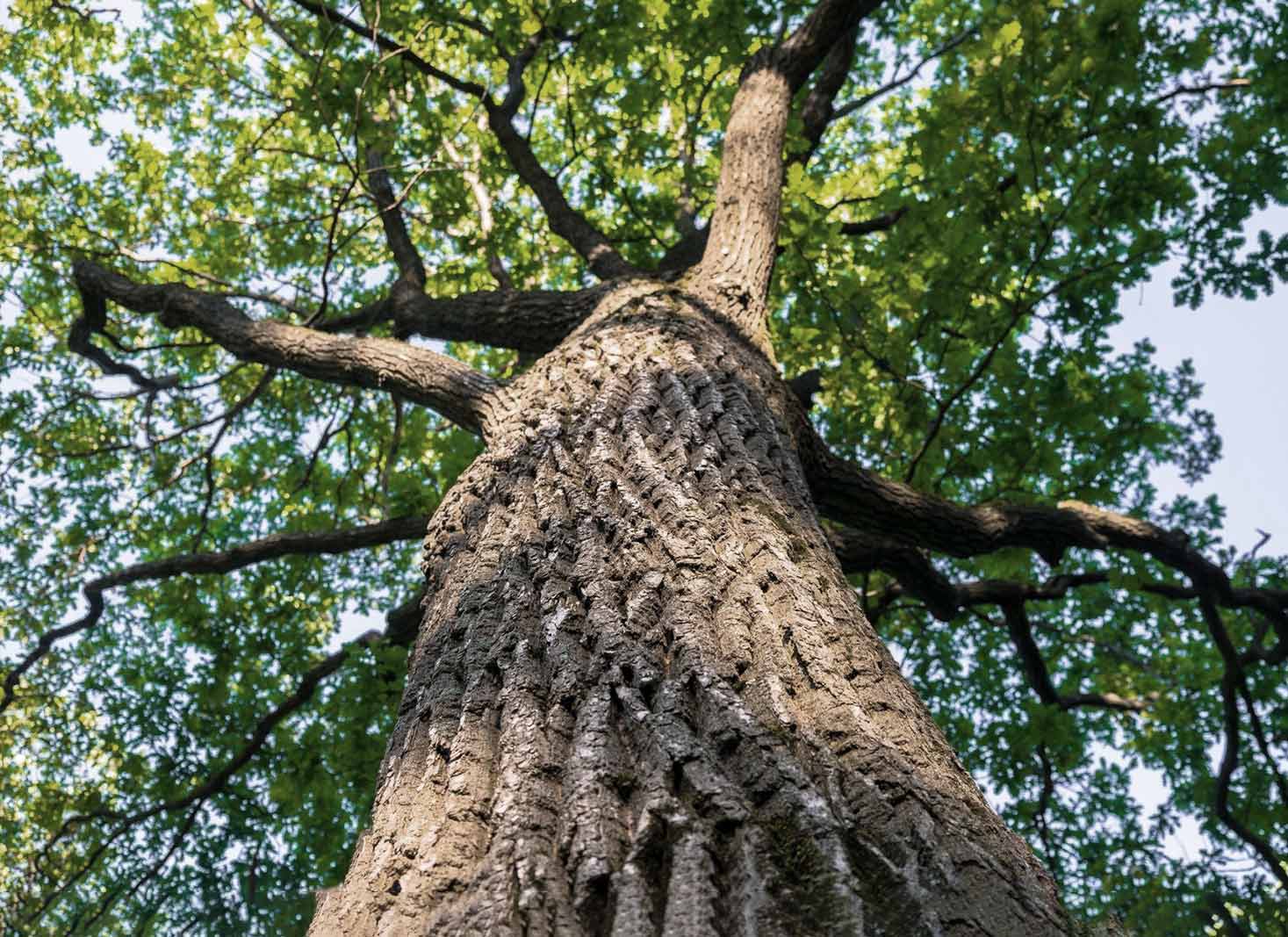
North American oak trees
In North America, some of the widely-encountered oak tree species consist of Black Oak, White Oak, Pin Oak, Chestnut Oak, and both Northern and Southern Red Oaks as well as Bur Oaks.
To distinguish between them one must observe their bark color/texture. To leaf shape & structure along with how acorns look like too. For example, the leaves of a White Oak are characterized by round lobes while its seeds have a sweet flavor that takes only one season to ripen fully.
On the other hand, if we talk about Northern Red Oaks then they feature dark reddish brown barks featuring scaly ridges plus broad thin rounded contours complemented by broad thin rounded contours.
European oak trees
European oak tree species are abundant, and include Quercus robur, Quercus petraea, Quercus pubescens, and Quercus cerris. They boast a broad spreading crown with rounded edges that can reach up to 70 feet tall or wide.
Combined with their ring-porous wood strength – flexibility – durability – as well as aesthetic beauty have made them very popular for various applications such as lumbering and home decor. Oak wood is, in fact, more expensive than other woods due to its unique characteristics.
Their bark is grayish brown in color while the leaves of these trees tend to be dark green lobed.
Asian oak trees
Growing up to 60 feet tall and 50 feet wide, these deciduous medium-sized trees have oblong leaves featuring numerous delicate serrations culminating in bristle tips.
Their resistance to pests and diseases makes them easy-maintenance plants that can grow 3-4 feet per year.
Using online resources for identification
When it comes to oak tree identification, there are several reputable online resources available.
These databases and apps provide users with a wealth of information related to different species of oaks, their characteristics, as well as regional distributions.
Databases and guides
For correct oak tree identification, there are a number of reliable online sources at hand.
One such source is the US Forestry Service field guide which offers an extensive breakdown of recognizing oak trees through their bark color and texture, leaf shape and structure, as well as acorn appearance.
Other useful resources include easy-to-use tools or mobile apps that identify tree species from photographs based on distinct features like leaves or bark color etc.
Identification apps
Identifying oak trees can be made simple and enjoyable with the help of various apps such as Leafsnap, NatureID, Virginia Tech Tree ID, or My Tree ID.
These popular tree identification tools use a database of species alongside visual recognition technology to ascertain which kind of oak you may have in your immediate vicinity from photos captured by you featuring their leaves, bark, etc.
FAQ's
Oak trees are a well-known feature of many landscapes, typically having gray bark with deep grooves and ridges. Their distinctive lobed leaves usually have either rounded or pointed tips, which is dependent on the species2.
These durable plants can live for hundreds of years and thus symbolize strength and stability in various cultures around the world.
Oak trees possess great longevity along with impressive strength that makes them an iconic presence wherever they grow naturally.
It is possible to identify a tree as either an oak or maple by examining its leaves.
Oaks tend to have lobed-shaped foliage with the ends of bristles being tapered or curved while maples feature more smooth edges in their broad oval-shaped leaves.
When trying to identify an oak tree, you can look at its acorns as a signifier. Most types of oaks have very distinguishable characteristics that are seen in the size, shape, and color of their nuts.
To accurately determine which type it is from only observing them, consider these features when making your assessment. This should enable one to differentiate between each species easily for identification purposes!
- Jann Seal, (2021) Characteristics of Oak Trees. <https://www.hunker.com/12290270/characteristics-of-oak-trees> Accessed: 06-03-2024
- Melissa Petruzzello, (2024) Major Species and Uses. <https://www.britannica.com/plant/oak#ref347977> Accessed: 06-03-2024



